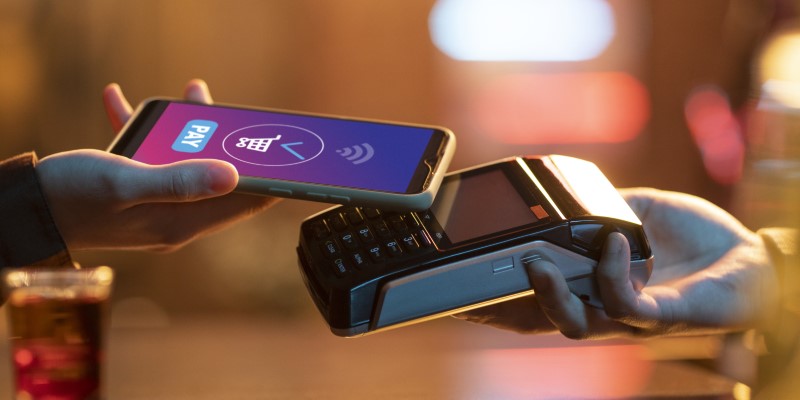The Impact Of Mobile Banking On Financial Inclusion
Mobile banking has emerged as a transformative tool in the financial sector, significantly enhancing financial inclusion worldwide. As mobile technology becomes more accessible, millions of previously underserved individuals are gaining access to essential financial services. This trend has gained momentum over the last decade, as mobile banking has provided a pathway for many to enter the formal financial ecosystem.
The Role Of Mobile Banking In Expanding Access To Financial Services
Mobile banking has been a game-changer driving financial inclusion, especially in developing regions. As the Global Findex data indicates, financial account ownership worldwide has risen from 51% to 76% between 2011 and 2021, driven mainly by digital financial services like mobile banking. The COVID-19 pandemic also accelerated this trend, as more people turned to digital payments when physical banking was less accessible. Mobile money accounts offered by telecom and fintech companies played a significant role in this increase, particularly in Sub-Saharan Africa, where they have been critical enablers of financial inclusion.
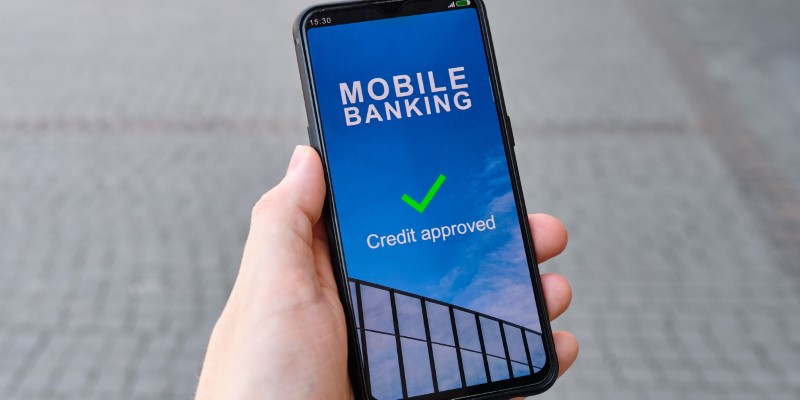
The expansion of mobile banking has also helped narrow the gender gap in financial access. In developing economies, the difference in account ownership between men and women dropped to six percentage points for the first time in a decade, partly due to the ease and accessibility of mobile financial services.
The success of mobile banking in Africa is undeniable. As a pioneer, the continent is home to about half of the world's mobile banking services and almost two-thirds of global transaction volumes. Sub-Saharan Africa, in particular, leads in terms of live services, subscribers, and transactions, showcasing how mobile banking has evolved to be the primary form of financial access in regions with limited traditional banking infrastructure.
How Mobile Banking Empowers Underserved Communities?
Mobile banking effectively brings financial services to underserved communities. It allows individuals who lack access to traditional banking facilities to participate in the economy by offering essential financial services like savings, payments, and credit via mobile phones. This approach has proven particularly effective in regions where banking networks are scarce.
One way mobile banking empowers these communities is through digital wallets. Digital wallets have become a preferred payment method for about 76% of consumers globally and have been instrumental in addressing the needs of the unbanked or underbanked. By leveraging mobile networks, payment providers can offer solutions to marginalized populations, allowing them to save, transfer, and manage money efficiently.
Big data and AI-powered solutions also contribute to this empowerment. Digital payment providers analyze users' transaction patterns to tailor services to different customer segments. AI-based tools provide personalized financial guidance, which is crucial for individuals with low financial literacy. These initiatives help marginalized communities gain confidence in managing their finances and encourage them to participate more actively in the economic system.
Mobile banking has been a vital African lifeline, particularly during the pandemic. Governments incentivized mobile payments by waiving transaction fees to limit the spread of COVID-19. This increased adoption rates and provided a safe, convenient way for individuals to manage their money without physical bank branches.
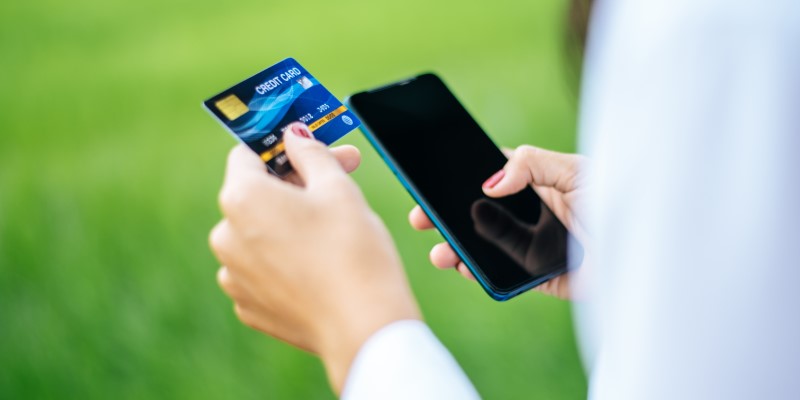
Challenges And Limitations Of Mobile Banking For Financial Inclusion
While mobile banking has made remarkable strides in advancing financial inclusion, it faces several challenges:
Digital Literacy And Awareness
Despite the growth of mobile banking, a significant portion of the population in developing regions still needs to gain the knowledge to use these services effectively. Without adequate digital literacy programs, many individuals remain unaware of the benefits and functionality of mobile banking.

Infrastructure Gaps
In some remote areas, limited access to reliable mobile networks and internet connectivity hinders the adoption of mobile banking services. This digital divide means that even though mobile banking offers a pathway to financial inclusion, it is not equally accessible to everyone.
Regulatory Barriers
Different countries have varying regulatory environments that can either support or hinder the growth of mobile banking. In some regions, outdated regulations make it challenging for mobile banking providers to expand their services, limiting their ability to reach unbanked populations.
Addressing these challenges requires collaboration between governments, financial service providers, and technology companies to create an enabling environment for mobile banking to thrive and reach more underserved communities.
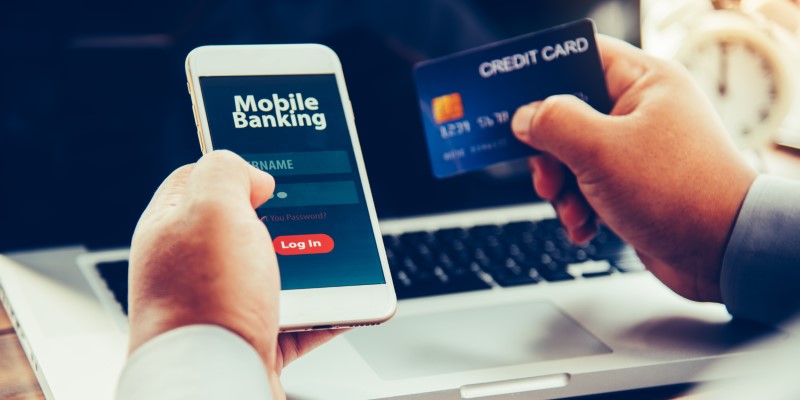
The Future Of Mobile Banking And Financial Inclusion Trends
The future of mobile banking looks promising, with trends indicating further integration of advanced technologies and increased accessibility. Several key developments are likely to shape the future of financial inclusion through mobile banking:
AI And Big Data
AI-driven insights will continue to enhance financial services, allowing for more personalized banking experiences. By analyzing transaction data, mobile banking providers can offer tailored financial products that meet the unique needs of different customer segments.
Digital Currencies And Blockchain
Adopting blockchain technology and digital currencies is expected to promote financial inclusion significantly. Decentralized financial systems will allow individuals, particularly in underserved regions, to access financial services without the need for traditional banking infrastructure.
Neobanking And Fintech Innovations
The rise of neobanks, digital-only banks without physical branches, will further disrupt the financial landscape. These platforms offer low-cost, flexible financial services and cater to a broad range of users, from the unbanked to tech-savvy millennials seeking more convenient banking solutions. Neobanks' ability to operate with minimal overhead allows them to provide competitive services and help bridge the financial inclusion gap.
Collaboration Between Governments And Providers
Collaboration between mobile banking providers, governments, and NGOs will be crucial for expanding access to financial services. Partnerships with local authorities can help establish digital payment kiosks and integrate payment solutions into government services, making accessing financial services more accessible for people in remote areas.
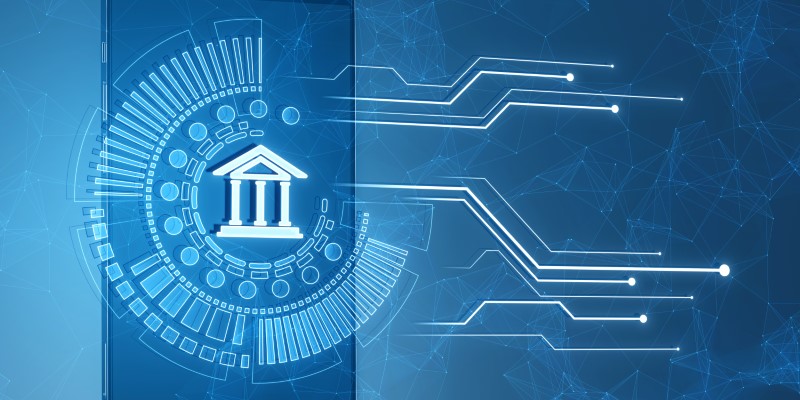
Conclusion
Mobile banking has significantly impacted financial inclusion, providing millions of people with access to financial services that were previously out of reach. Its growth has been particularly transformative in developing regions, where it has empowered underserved communities and helped narrow the financial access gap.
However, challenges such as digital literacy, infrastructure limitations, and security risks must be addressed to ensure mobile banking reaches its full potential. With ongoing technological advancements and collaborative efforts, mobile banking is poised to continue playing a pivotal role in achieving financial inclusion for all.
